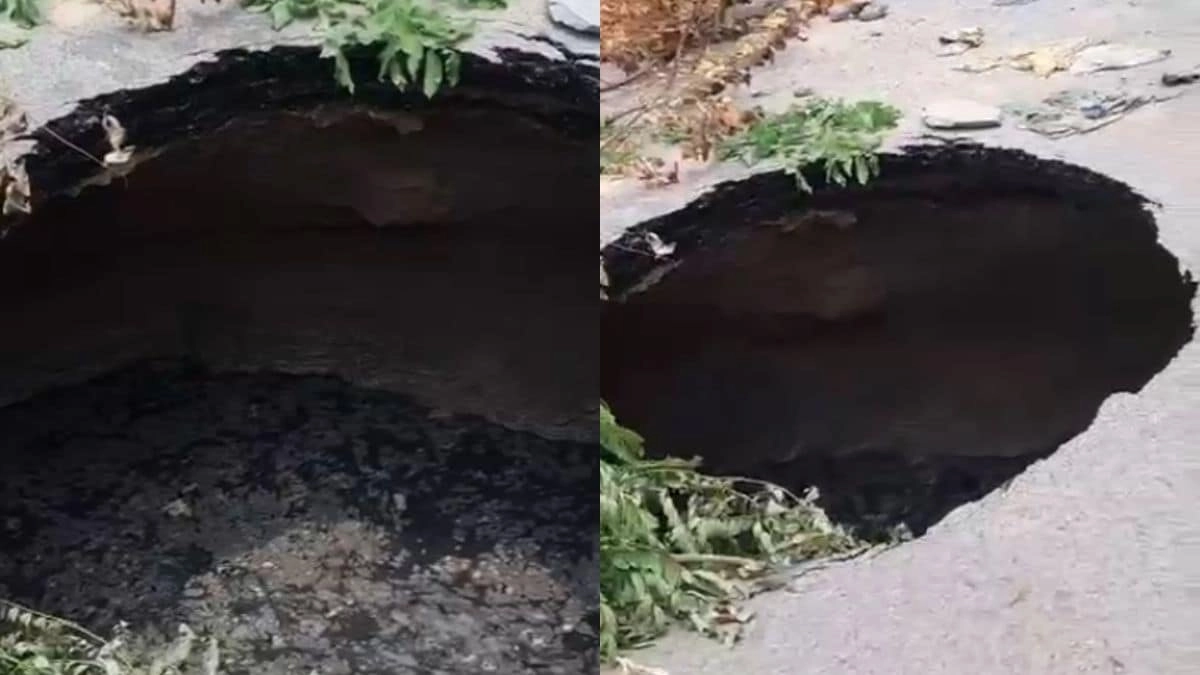Fossils discovered in a remote region have unveiled a captivating story about baby flying reptiles, shedding light on their lives and the environmental challenges they faced. These ancient creatures, known scientifically as pterosaurs, soared through the skies during the Mesozoic Era, a time when dinosaurs dominated the land. The fossils indicate that these young pterosaurs were not only capable of flight but also vulnerable to the whims of nature, particularly tropical storms that swept through their habitats. The meticulous preservation of these fossils provides a rare glimpse into the early stages of life for these remarkable creatures, revealing insights into their growth, behavior, and the ecological dynamics of their time.
Researchers believe that the baby pterosaurs may have experienced a series of tumultuous storms that significantly impacted their survival. The fossils show signs of injury and stress, suggesting that these young reptiles faced challenges not just in mastering flight but also in navigating the unpredictable weather patterns of their era. The tropical storms would have brought heavy rains and strong winds, creating a perilous environment for these fledglings as they took their first flights. This discovery emphasizes the importance of weather patterns in the evolution and survival of species, illustrating how even the most formidable flying reptiles were not immune to the forces of nature.
The findings prompt a reevaluation of how we understand the life cycles of pterosaurs and their interactions with the environment. The fossils serve as a reminder that the challenges faced by young animals today have been present throughout history. This connection to the past offers valuable lessons on resilience and adaptation in the face of environmental stressors. As researchers continue to study these fossils, they hope to uncover more about the behaviors and habitats of these ancient creatures, deepening our understanding of their ecological niches and the evolutionary pressures that shaped their existence.
In addition to enhancing our knowledge of pterosaurs, the discovery of these fossils also highlights the significance of paleontological research in understanding historical climate patterns. By examining the remains of these flying reptiles, scientists can draw parallels between past and present environmental challenges, providing critical insights into how species adapt to changing climates. This research underlines the intricate relationship between organisms and their environments, emphasizing the delicate balance that must be maintained for survival. As we reflect on the tale told by these fossils, we are reminded of the enduring impacts of climate on life, a narrative that remains relevant as we confront our own environmental challenges today.




